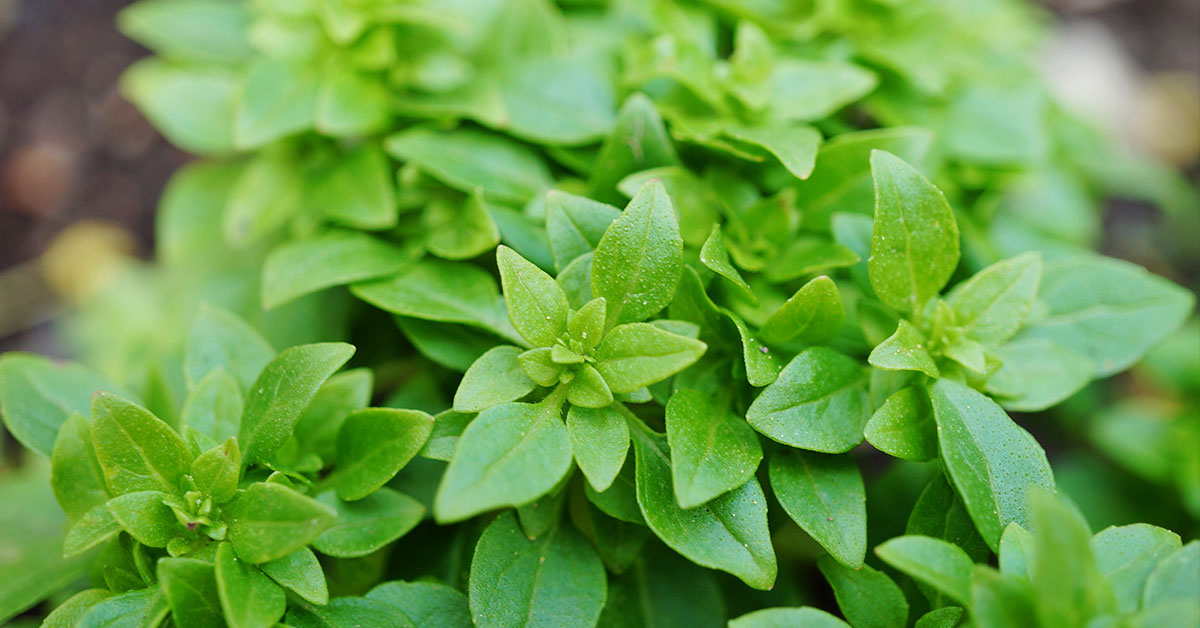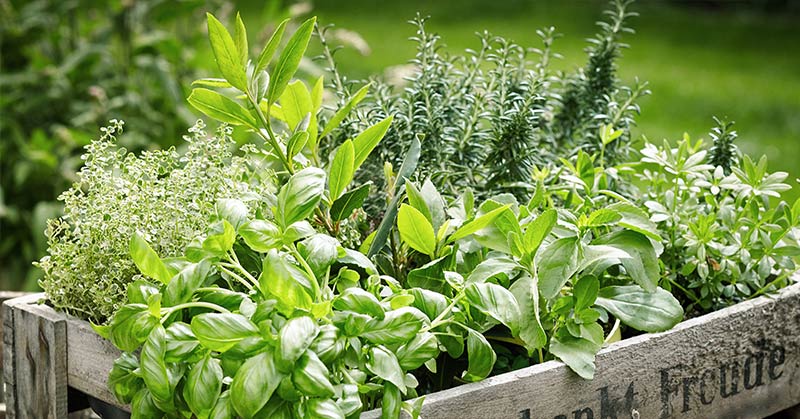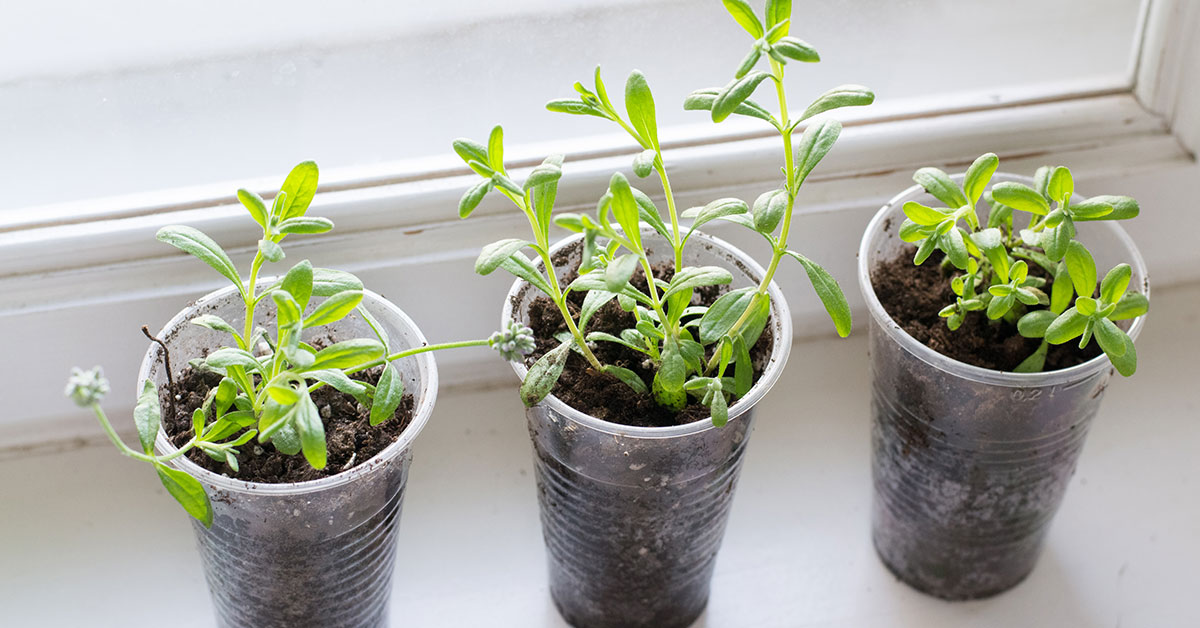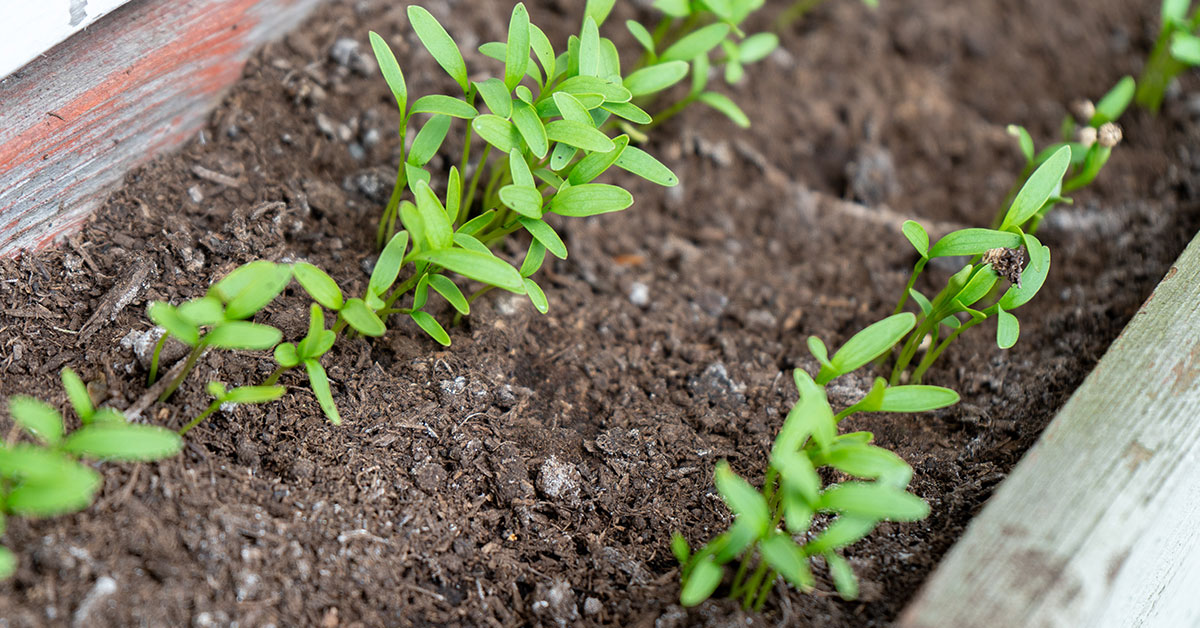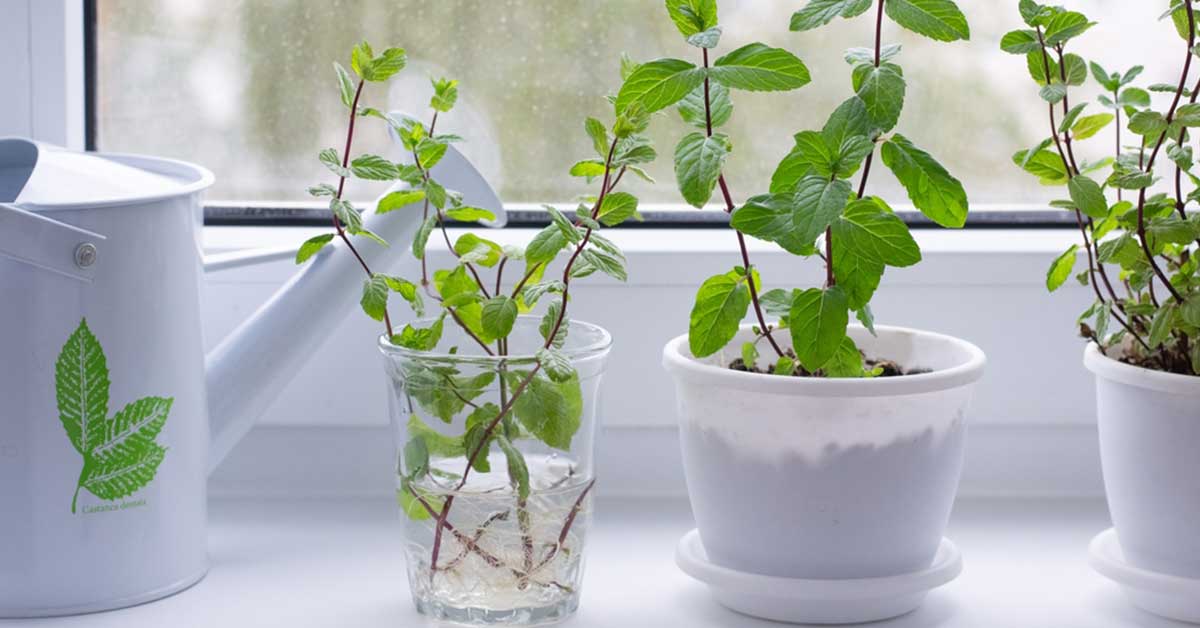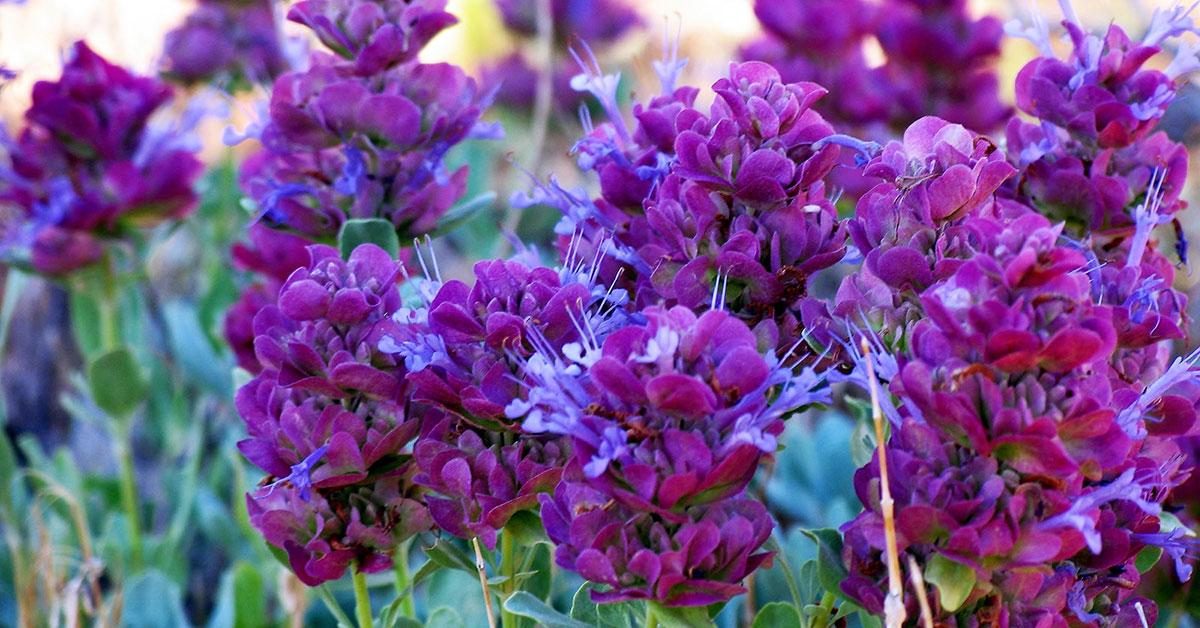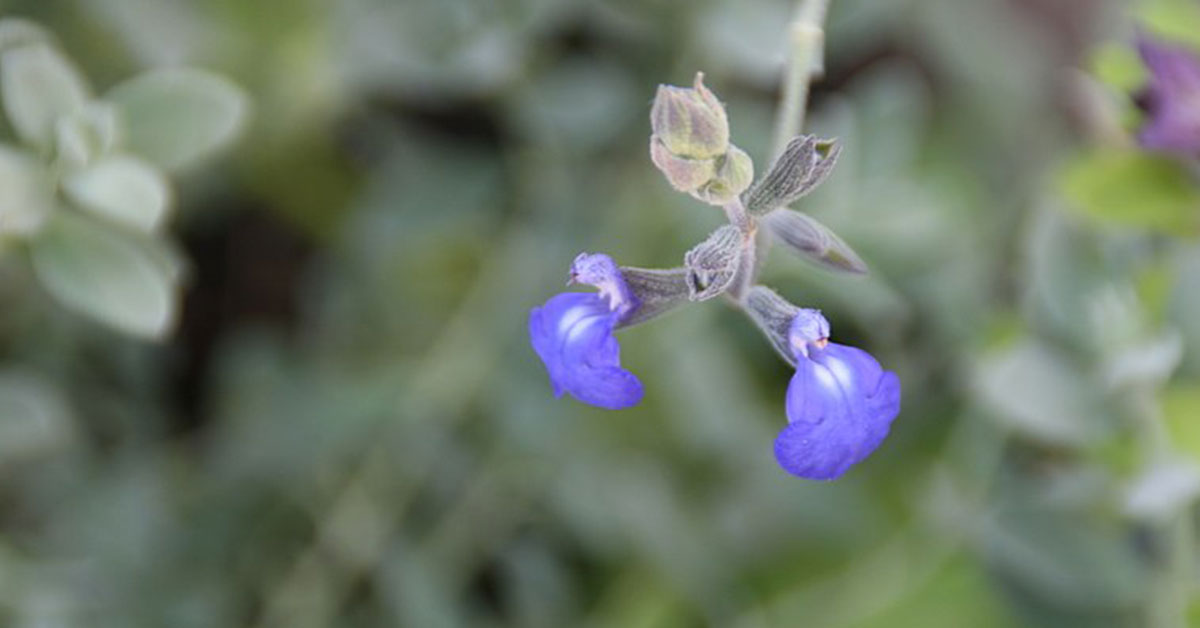Globe Basil is a popular herb that is widely used in various cuisines around the world. It is known for its distinctive flavor and aroma that can enhance the taste of any dish. Globe Basil is a type of basil that has small, round leaves and a bushy growth habit. It is easy to grow and is a great addition to any herb garden. In this blog post, we will explore the history, uses, and benefits of Globe Basil, as well as provide tips on how to grow and care for this versatile herb.
What is a Globe Basil?
Globe basil, also known as compact basil, is a variety of basil that is known for its small, rounded leaves and bushy growth habit. This type of basil is a popular choice for gardeners and cooks alike, as it is easy to grow and adds a unique flavor to a variety of dishes.
This herb is a member of the Lamiaceae family, which includes many other herbs such as thyme, rosemary, and mint. It is native to the Mediterranean region and has been used in cooking and medicine for centuries.
One of the key characteristics of globe basil is its compact growth habit. Unlike other basil varieties that can grow quite tall, globe basil typically reaches a height of only 6 to 12 inches. This makes it an ideal choice for container gardens or small indoor herb gardens.
In terms of flavor, globe basil has a slightly sweet and peppery taste that is similar to other types of basil. However, its small leaves and bushy growth habit make it an ideal choice for garnishing dishes or adding a subtle flavor to salads and other dishes.
Overall, globe basil is a versatile and easy-to-grow herb that is an excellent addition to any herb garden or kitchen. Whether you are a seasoned cook or a beginner gardener, this basil variety is a great choice for adding flavor and beauty to your culinary creations.
What makes Globe Basil different from other varieties?
When it comes to basil, there are many different varieties that you can choose from. From sweet basil to Genovese basil to Thai basil, each variety has its own unique flavor and characteristics. However, one variety that stands out from the rest is Globe basil.
So, what makes this herb different from other varieties? There are a few key things to consider:
- Appearance: As the name suggests, Globe basil has a globe-like shape to its leaves, which makes it easily distinguishable from other varieties. It also has a more compact growth habit than other basil plants, which makes it a great choice for container gardens or small spaces.
- Flavor: While many basil varieties have a strong, sweet flavor, this herb has a slightly milder taste. It has a sweet, slightly spicy flavor with hints of clove and anise, which makes it a great addition to salads, soups, and sauces.
- Culinary uses: While most basil varieties are great for a variety of culinary uses, Globe basil is particularly well-suited for certain dishes. Its compact size and milder flavor make it a great choice for garnishes, as well as for use in pesto and other sauces.
- Medicinal properties: Like other basil varieties, this herb has a number of medicinal properties. It is said to have anti-inflammatory, antioxidant, and antibacterial properties, which can help support overall health and wellbeing.
Overall, Globe basil is a unique and versatile variety that is well worth trying if you’re a fan of basil. Whether you’re using it in the kitchen or for its medicinal properties, this compact and flavorful herb is sure to impress.
How to grow Globe Basil
Globe Basil is a delightful and flavorful herb that is commonly used in many culinary dishes. It is an easy-to-grow plant that requires minimal upkeep and can be grown both indoors and outdoors. Here are some tips on how to grow this herb:
- Soil: It prefers well-draining soil that is rich in organic matter. If planting in a container, use a good-quality potting mix that is formulated for herbs.
- Light: This herb thrives in full sun, so make sure to plant it in a spot that receives at least six hours of direct sunlight daily.
- Water: Water your plant regularly, but make sure to allow the soil to dry out slightly between watering. Overwatering can lead to root rot and other issues.
- Fertilizer: Use a balanced fertilizer once a month during the growing season to promote healthy growth and enhance flavor.
- Pruning: Prune regularly to encourage bushier growth and prevent it from becoming too leggy. Pinch off the top few leaves of each stem to promote branching.
- Harvesting: Harvest Globe Basil leaves as needed once the plant has reached at least 6 inches in height. Pinch off the leaves at the stem, leaving a few leaves on each stem to continue growth.
By following these simple steps, you can easily grow Globe Basil and enjoy its delicious flavor in your cooking.
Growing tips
Globe Basil is a great herb to grow in your garden or in a pot. It is easy to care for and adds a delicious flavor to your dishes. Here are some other tips for growing Globe Basil:
Soil: Globe Basil thrives in well-draining soil that is rich in organic matter. It prefers a slightly acidic soil pH of around 6.0 to 7.0.
Watering: Basil likes to be kept moist but not waterlogged. Water your Globe Basil regularly, especially during hot and dry weather, but make sure not to over-water it.
Sunlight: Basil needs plenty of sunlight to grow well, so make sure to place your Globe Basil in a sunny spot. It needs at least 6 hours of direct sunlight per day.
Fertilizer: Basil benefits from regular feeding with a balanced fertilizer. You can use a liquid fertilizer every two weeks or a slow-release granular fertilizer every six weeks.
Pruning: Pruning your Globe Basil regularly will encourage bushier growth and prevent it from flowering too early. Pinch off the top two leaves on each stem when they reach about 6 inches tall.
Pests and Diseases: Basil is generally a pest-resistant herb, but it can be susceptible to fungal diseases such as downy mildew and powdery mildew. Make sure to keep the foliage dry and avoid overhead watering.
Harvesting: You can start harvesting your Globe Basil once it reaches about 6-8 inches tall. Pick the leaves regularly to encourage new growth and prevent flowering. You can use fresh leaves in salads, sandwiches, and pasta dishes, or dry them for later use.
Common problems
Globe Basil is a popular herb that is known for its sweet aroma and spicy flavor. It is easy to grow and care for, but like any other plant, it can encounter some problems during its growth. Here are some common problems that you may encounter while growing Globe Basil:
Pests: One of the most common problems faced by Globe Basil growers is pests. Aphids, spider mites, and whiteflies are some of the most common pests that can attack your plant. These pests can cause damage to the leaves and even stunt the growth of the plant. Regularly inspecting your plant and removing any pests by hand or using organic pesticides can help prevent pest infestations.
Fungal Diseases: Another common problem experienced by basil growers is fungal diseases. Fungal diseases, such as powdery mildew and downy mildew, can cause yellowing and wilting of the leaves, as well as root rot. To prevent fungal diseases, avoid overwatering your plant and ensure good air circulation around the plant by spacing them correctly.
Nutrient Deficiencies: Globe Basil requires adequate amounts of nutrients to grow well and produce healthy leaves. If the plant does not receive enough nutrients, it may show signs of nutrient deficiencies, such as yellowing or browning of the leaves. To prevent this, ensure that your soil is well-drained and rich in nutrients. You can also add organic fertilizers to your soil to ensure your Globe Basil receives enough nutrients.
Overwatering: Overwatering is another common problem that Globe Basil growers encounter. Overwatering can cause root rot and stunt the growth of the plant. To avoid overwatering, ensure that your soil is well-drained and water your plant only when the top inch of the soil is dry.
Basil is a relatively easy plant to grow, but like any other plant, it can encounter some problems during its growth. By identifying and addressing these common problems, you can ensure that your Globe Basil plant grows healthy and produces flavorful leaves.
Uses
Globe Basil is a unique variety of basil that is popular among gardeners and chefs alike. Its compact size and full flavor make it a versatile herb that can be used in a variety of ways. Here are some of the most common uses for Globe Basil:
- Culinary Uses: This herb is a staple in many Mediterranean dishes, including pizza, pasta, and salads. Its strong flavor is perfect for adding depth to tomato-based sauces, and its small size makes it easy to chop and sprinkle over dishes as a finishing touch. It is also commonly used in Thai and Vietnamese cuisine, where it adds a fresh, aromatic element to soups and stir-fries.
- Medicinal Uses: Basil has long been used in traditional medicine for its anti-inflammatory and antibacterial properties. Globe Basil, in particular, is said to be especially effective in treating respiratory problems, such as asthma and bronchitis. Its high levels of antioxidants also make it beneficial for supporting overall health and wellness.
- Aromatherapy: The essential oils found in this herb are often used in aromatherapy to promote relaxation and reduce stress. The herb can be dried and added to sachets or potpourri, or the essential oil can be extracted and used in diffusers or massage oils.
- Pest Repellent: Basil is known to repel certain pests, such as mosquitoes and flies. Planting Globe Basil around your garden or patio can help keep these annoying insects at bay.
Overall, Globe Basil is a versatile and useful herb that can be used in a variety of ways. Whether you’re cooking up a storm in the kitchen or looking for natural ways to support your health and well-being, this herb is definitely worth incorporating into your routine.
